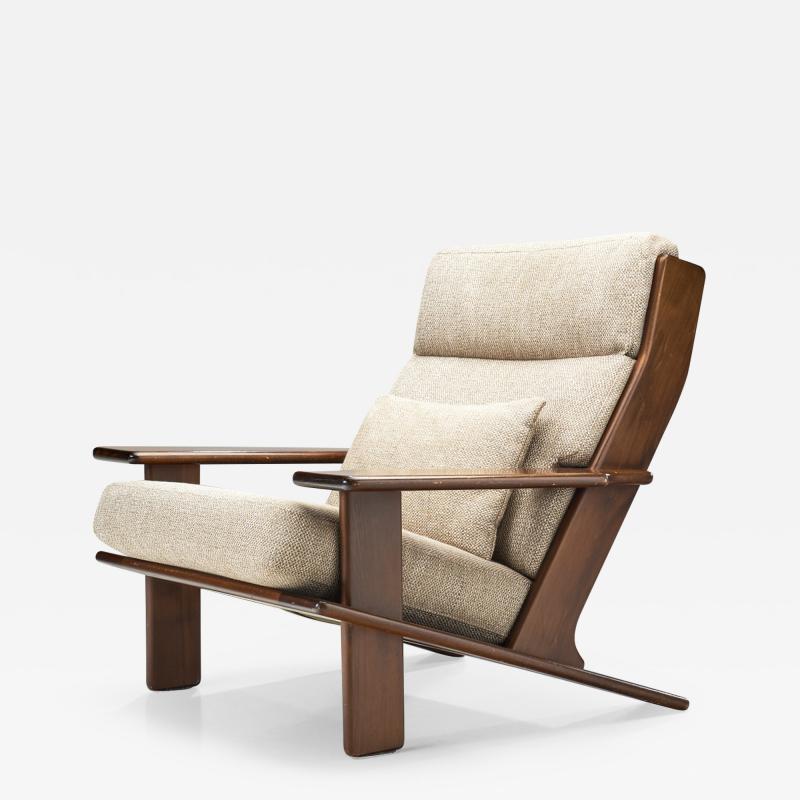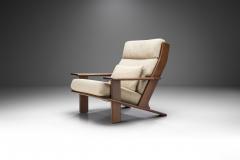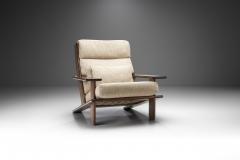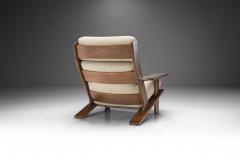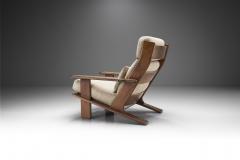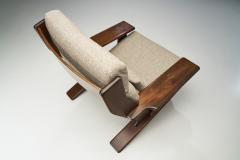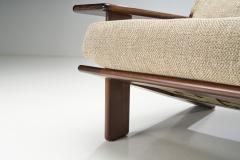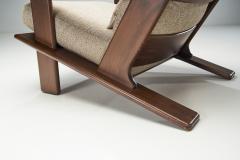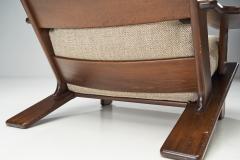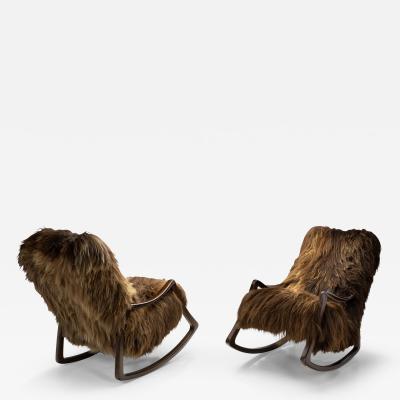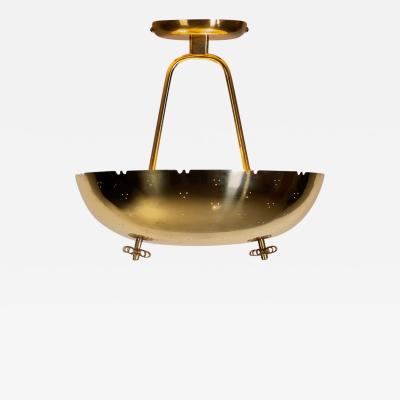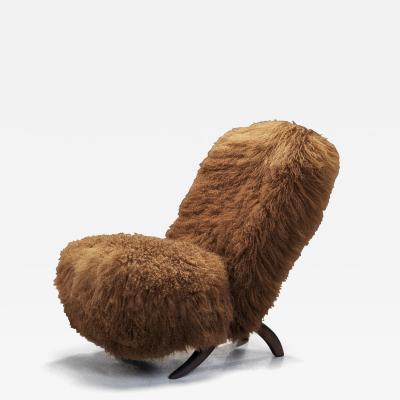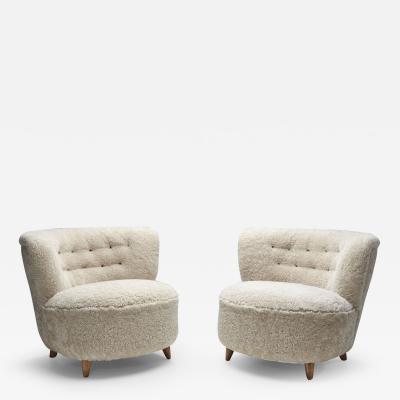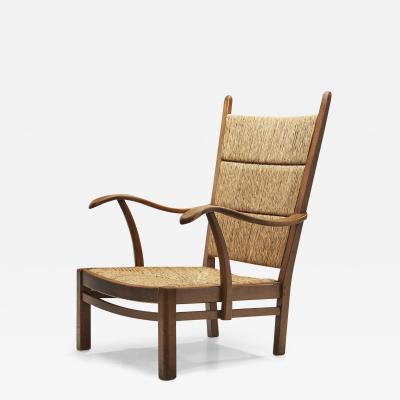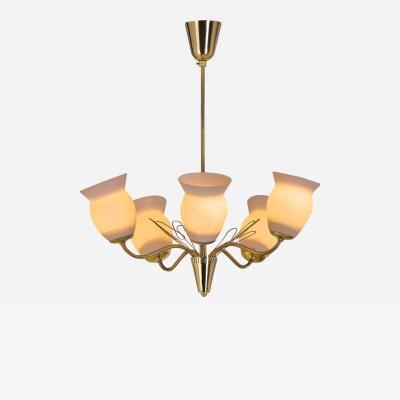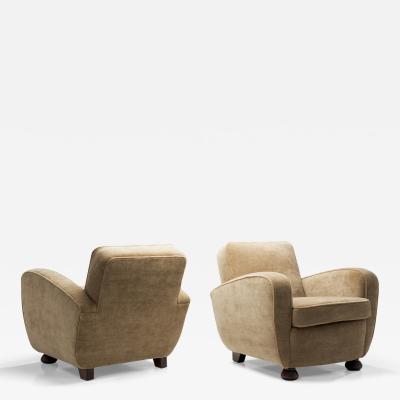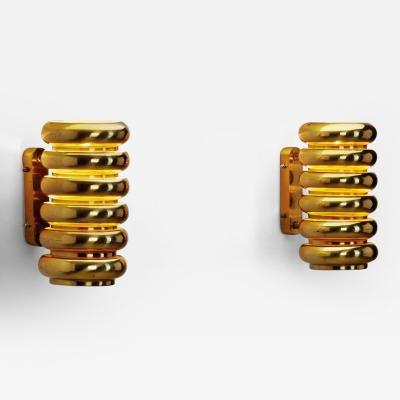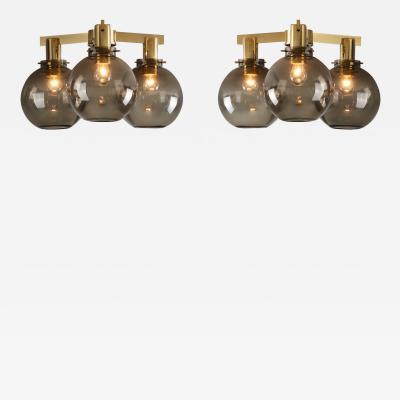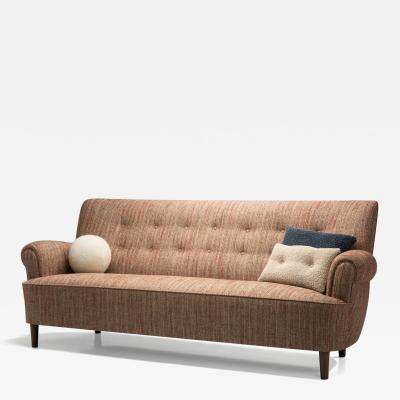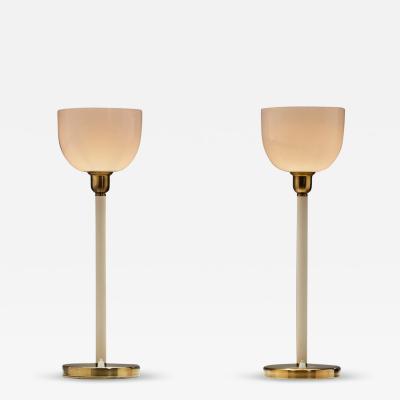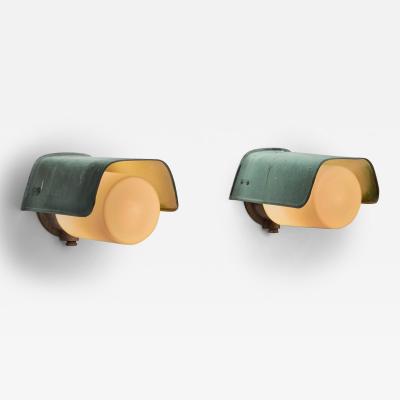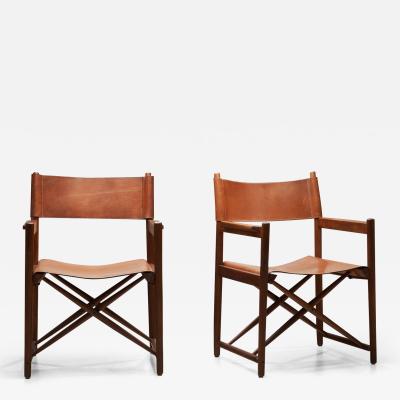“Pele” Lounge Chair by Esko Pajamies for Lepokalusto, Finland 1970s
-
Description
This rare “Pele” lounge chair by Finnish designer Esko Pajamies is, without a doubt, his most stunning chair design. It is seldom we see a chair model and immediately recognize it, but Pajamies managed to design such a piece. His unconventional design was strongly characterized by durability and functionality as well as insightful technical solutions.
In Finland, the 1970s saw the use of new materials like plastic, synthetics, and fibreglass being combined with advances in manufacturing technologies, allowing designers in Finland to expand their range of colours and forms in mass production. However, this lounge chair model still gives preference to natural materials, primarily to its solid oak structure. The wooden frame provides a firm base with rounded edges. Undeniably, the most eye-catching and distinctive element of this Pele’s design is the way in which the seat and the back legs of the armchair are formed by one elongated piece of wood. The ergonomic design with the bent backrest, wide armrests, and upholstered cushions make this lounge chair an exceptionally comfortable piece. It therefore comes as no surprise, that this model first gained popularity as a TV chair for homes. Later it became a popular choice for fireplace rooms as well as public spaces, similarly to several other designs of Pajamies.
This lounge chair was manufactured by the Finnish furniture company, Lahden Lepokalusto Oy in the 1970s. The Lahti-based company has been furnishing public spaces for almost 70 years, and gained worldwide recognition through the iconic furniture designs of Professor Yrjö Kukkapuro and later, Esko Pajamies.
Condition:
In good vintage condition. Some scratches and marks on the wood. The chair has its original upholstery.
Dimensions:
35.24 in W x 37 in D x 34.65 in H
89.5 cm W x 94 cm D x 88 cm H
About the designer:
Esko Lauri Alvari Pajamies (1931-1990) was a Finnish designer, primarily known for his upholstered furniture designs for both private and public spaces.
Pajamies graduated as an interior architect in 1954 and established his own design studio in 1961. Pajamies designed his first series of furniture for Lepokalusto in 1965, and their fruitful collaboration lasted well into the 1970s. Pajamies designed for a handful of other manufacturers and his designs proved to be lucrative throughout the 1960s and 1970s. Interestingly, Esko Pajamies was the first to design a sofa (Bonanza for Asko 1965) that had an exposed wooden frame. The sofa was named after the 1960s television series and had extra wide armrests to accommodate glasses and plates.
His “Polar 1001” and “1003” chairs could be found on luxury liners sailing the Black Sea, while some of his other designs furnished the Helsinki-Vantaa Airport's passenger terminal in 1975. The versatile designer also played trumpet in the jazz band Jaakko Salo Modern Band. He played with many famous singers in the 1960s.
Pajamies was awarded the State Art Prize in 1979 and is still known as one of the leading interior architects of Finland. ~H.
Shipping:
This lounge chair will be packed and shipped with the greatest care to make sure you will receive the work in gallery condition. Complimentary shipping within the Netherlands. -
More Information
Documentation: Documented elsewhere (similar item) Origin: Finland Period: 1950-1979 Materials: Fabric - Wood Condition: Good. In good vintage condition. Some scratches and marks on the wood. The chair has its original upholstery. Creation Date: 1970s Styles / Movements: Collectible Design, Mid Century, Scandinavian Modern Dealer Reference #: 20242404 Incollect Reference #: 508810 -
Dimensions
W. 35.24 in; H. 34.65 in; D. 37.01 in; W. 89.5 cm; H. 88 cm; D. 94 cm;
Message from Seller:
Located in Utrecht, The Netherlands, H. Gallery specializes in modern and contemporary design with a strong focus on Brazil and Scandinavia. The gallery strives to preserve and promote especially Brazil's rich design heritage and curates a select group of contemporary artists. Meticulous research, ie getting in contact with the original designers, producers, their heirs, and retrieving and indexing old catalogues and magazines is at the heart of its activities. All works presented excel in great















